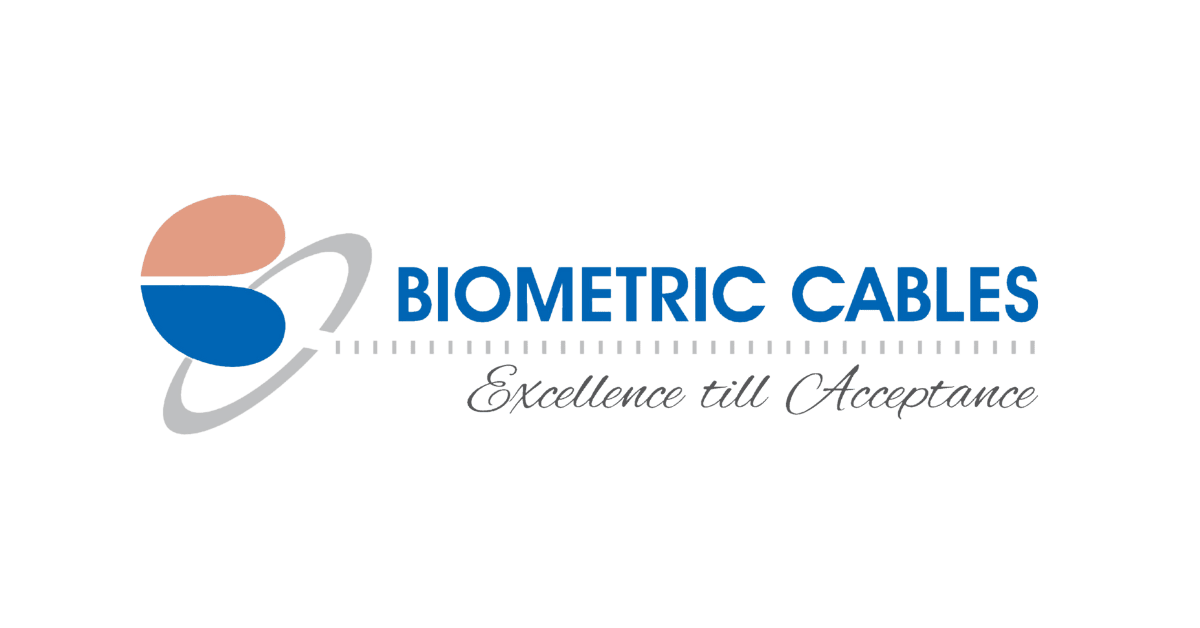Litz Cable and It's Applications

Litz Cable is a type of cable that is composed of multiple, individually insulated strands. These strands can be woven or twisted together in a particular pattern to form a single conductor. The main aim of this cable is to minimize the skin effect and proximity effect in high-frequency applications.
Skin and Proximity Effect
Litz Cable Assembly Applications
Processes involved in Litz Cable Assemblies
Benefits of Litz Cable Assembly
Here are some key advantages of Litz Cable Assembly are as follows
Similar to the benefits of individual Litz wire, litz cable assemblies are designed to mitigate the skin effect and proximity effect.
The consequent losses and increase in resistance caused due to the skin and proximity effect pave the way for a decreased efficiency performance. This arguably holds specifically in the case of wires. However, the adoption of Litz cable assembly enables the applications to operate at enhanced efficiency therefore serving as the ideal solution for high-frequency performance scenarios when compared to those constructed with standard copper wire.
Through the cable assembly, The losses coupled with these 2 effects are decreased, thus making it specifically valuable in applications where signal integrity plays a pivotal role. The decreased losses and improved efficiency of litz cable assemblies contribute to high-quality electrical energy transmission. This is particularly true in applications where maintaining the fidelity of transmitted electrical energy is critical. One of the notable benefits of these assemblies is the decrease in AC power loss in high-frequency windings.
Due to its capability to reduce the skin effect and proximity effect, this cable assembly facilitates the usage of high-current conductors with minimal resistance at extremely high frequencies making it a suitable choice for coil material in high frequency magnetic components.
Litz cable assembly facilitates the even distribution of current, therefore forming a pivotal role in eliminating the hot spots within the conductor. Hot spots are generally referred to as the localised areas where the temperature is considerably higher than the surrounding regions, therefore leading to inefficiency. The ability of these cables aids in the prevention of the concentration of the current, therefore maintaining a consistent temperature and improving reliability.
In addition, these cable assemblies offer flexible and customized designs. The cables can be tailored by the engineers to suit specific frequency ranges and applications to enhance optimal performance. The adaptability of these cables is ideal for various industries.

